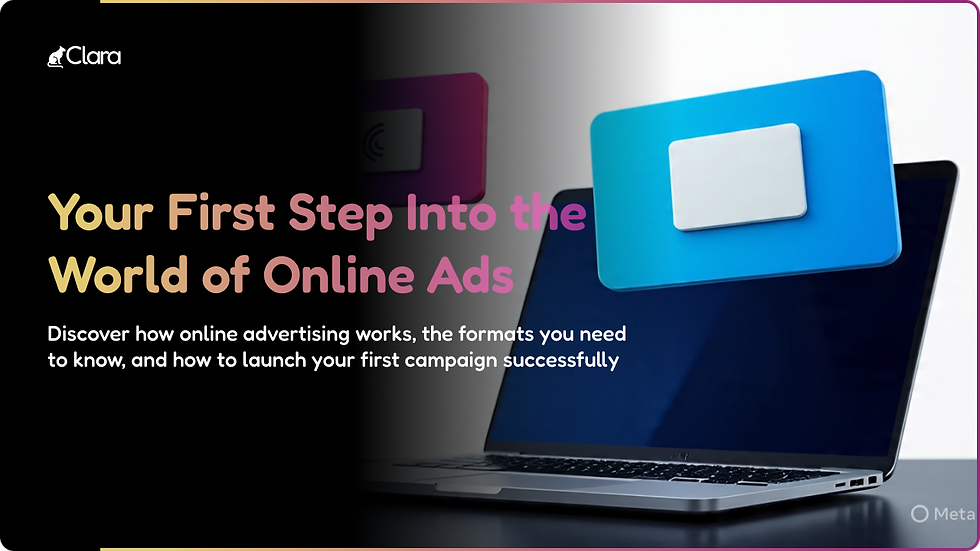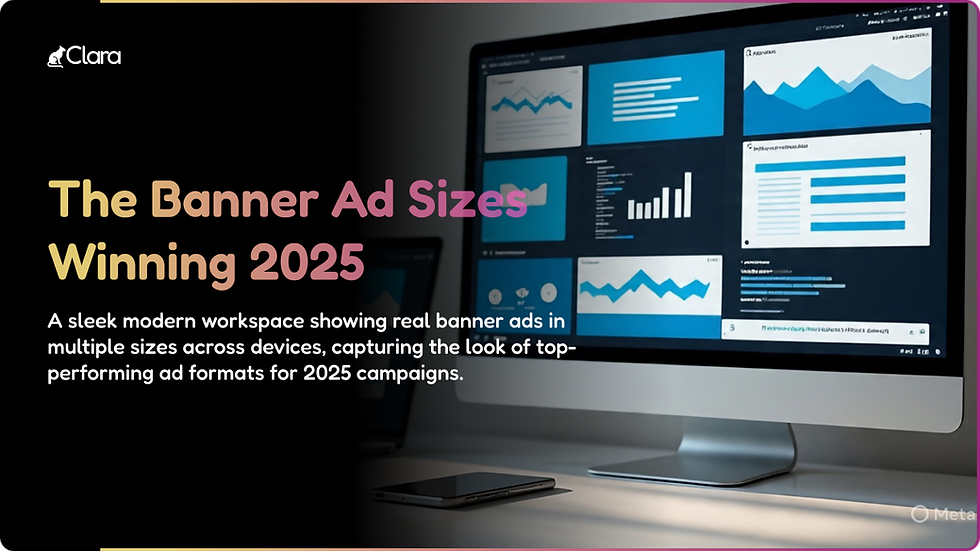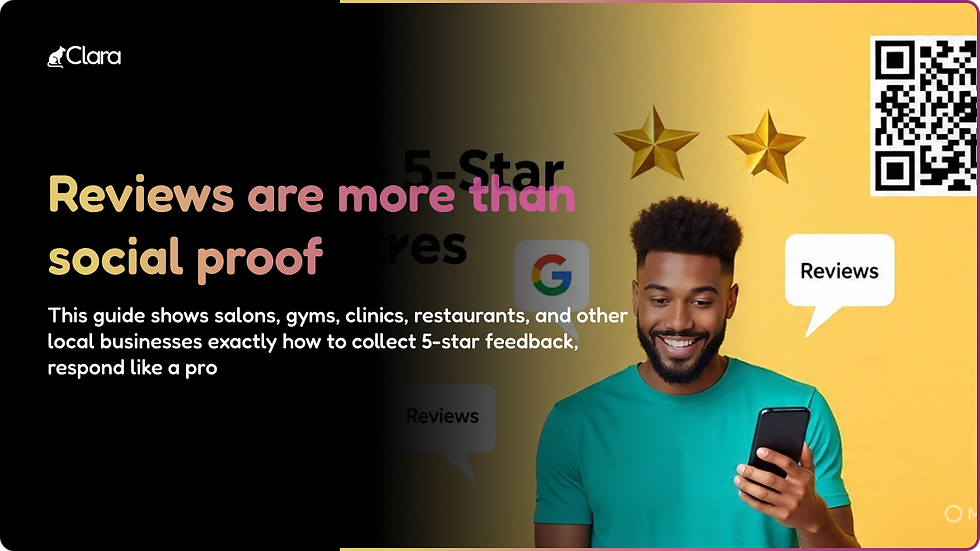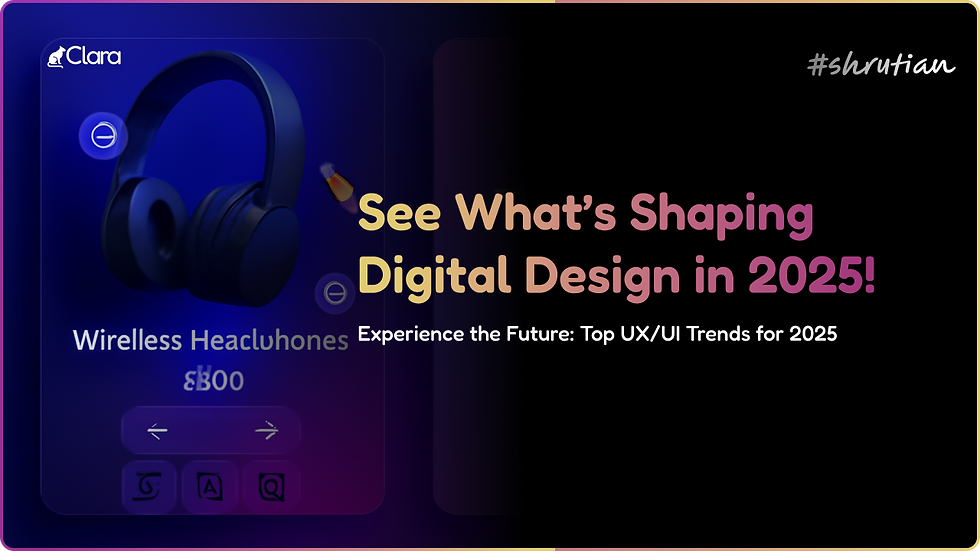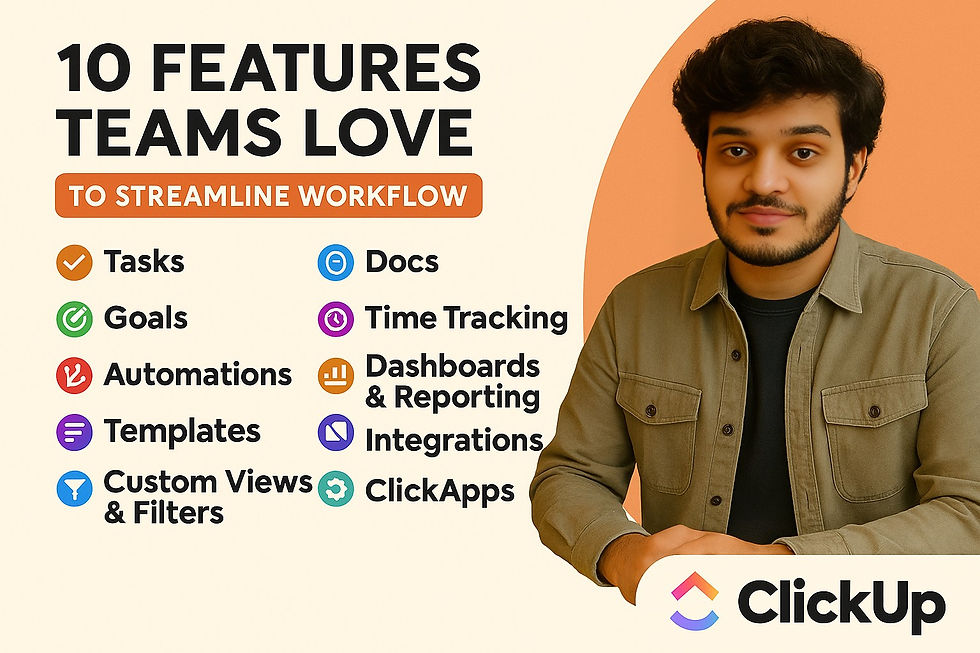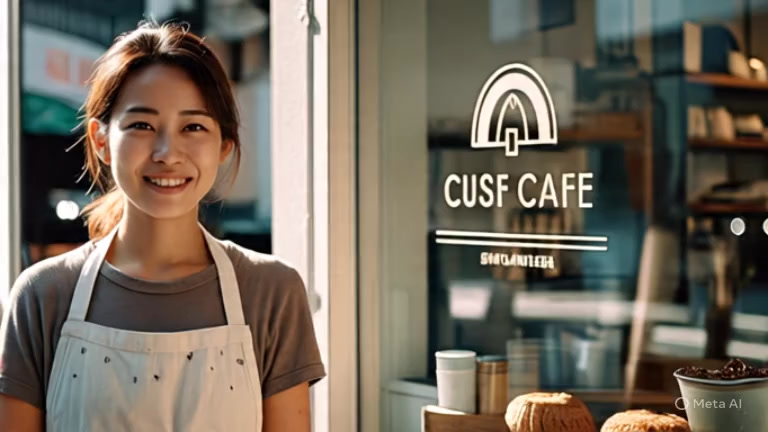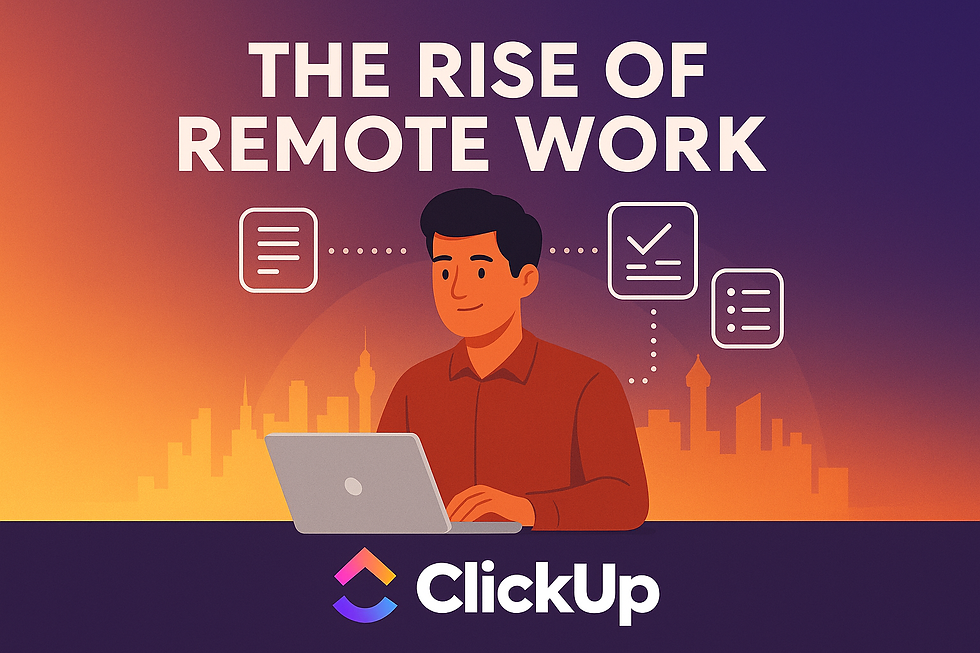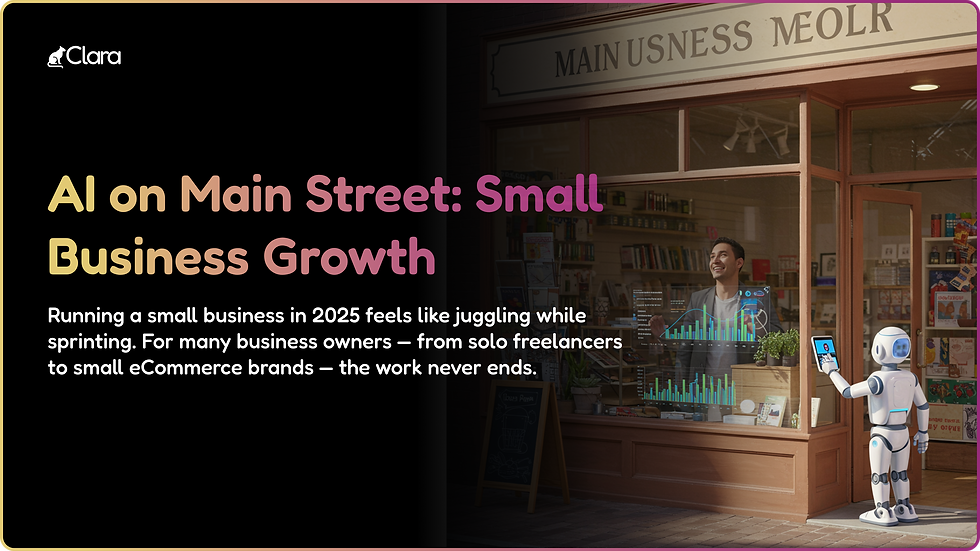- Dravya Bansal
- Jan 17, 2024
- 5 min read
Logo design is an integral part of your brand; it is the foundation of brand recognition. Think about how many logos you recognise that don’t have their brand name integrated.
So, if you want your business to be remembered, you need to design a memorable logo. It all starts from there.
Need more reasons behind logo importance and why it should be a top priority for any business? Have a read of the following points.
Why is a Logo Important?
Grabs Attention & Retains Attentions
It is common knowledge that our attention spans are getting shorter and shorter; your logo needs to be designed with this in mind. If your logo doesn’t pique interest straight away, you will be forgotten. If your logo isn’t easy to digest within the first few seconds, people will lose interest. If your logo doesn’t represent your brand and business in the design, you have lost your chance.

Chas Berger’s brand colours are striking and the simplicity of the “C” & “B” is clear and attention-grabbing.
First Impressions Are Everything
As the face of your brand and business, your logo design needs to make an impactful first impression. Your logo is your company’s first introduction to new, potential clients, so it needs to immediately communicate with them what you have to offer. It needs to appeal, build trust and inform, therefore persuading customers to enquire further.

Chas Berger is a well-known brand amongst the construction industry. Adding a text logo element avoids alienating current clients as well as making it clear who they are from the offset.
Separates You from the Competition
Your business is one of a kind, so you need to make sure that your logo design is just as unique too. Stand out from the crowd and use your logo to show customers why your company is different from the rest. The combination of the right icon, font choice, and colour scheme conveys your values and mission, along with your entire business story. Dare to be different and demonstrate the audience why you’re better than the others.
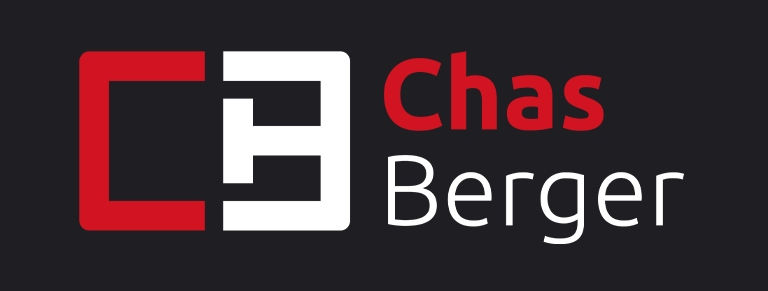
The brandmark of the Chas Berger logo creates a strong tie to the construction industry with the brick reference but is unique to their company.
Builds Your Brand Identity
Branding is the story behind your business and will influence your audience to buy into your company. Even though logo design is only one factor of your brand, it is the pivotal foundation which your brand is built around. Your logo is identification for your business, so your choice of colours, fonts and graphics are one of the most important considerations for your brand.

A cleaner Sans Serif typeface was implemented to modernise the brand, but it is clear to every customer that it is still Chas Berger.
Encourages Brand Loyalty
Gaining customer satisfaction from the first time they choose to use your services or purchase your products will see brand loyalty going forward. The trust they find within your brand means they will remember your logo, they will look out for your logo when they shop around, and they will recommend you to their friends and family by showing them your logo.
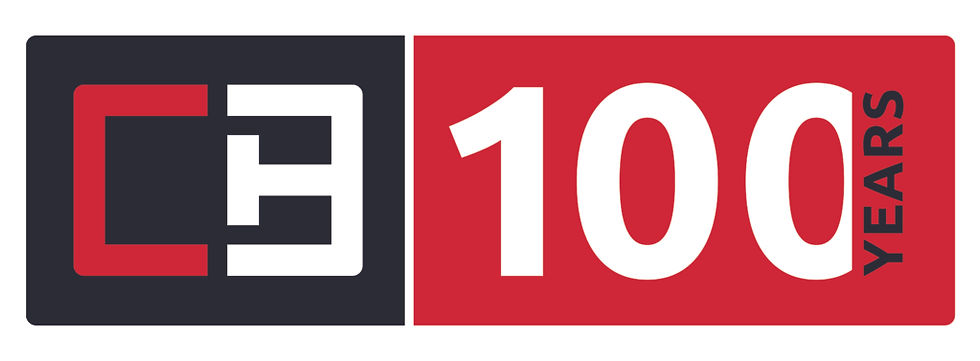
Chas Berger were looking for a modern update for their branding, including their logo, due to celebrating their centenary.
Enables Consistency Throughout Your Business
Why are logos important? Consumers love consistency and this familiarity will stem from your logo. Make your mark across your online presence, from your website to your social media and email marketing. This can be extended to office stationery, uniform and other advertising opportunities. By using your branding and logo this way, you increase brand awareness and recognition.

Chas Berger implemented their new branding and logo across their new website design as well as their high-vis jackets and hard hats worn on their construction sites.
The Impact of Bad Logo Design
Do you remember GAP Clothing announced a brand refresh back in 2010? Do you remember GAP Clothing near enough immediately reverting back to their previous logo due to the resulted backlash? Although not implemented in the UK, the entire world heard about the debacle that was GAP Clothing’s new logo.
Their customers were not fans of their contemporary and modern attempt, viewing it as cheap, tacky and dull instead. If the customer isn’t on board, if they don’t understand the motive and what it means for the brand, they will detach, and this can be detrimental to brand loyalty. GAP Clothing’s customer opinions reflect the importance of a logo and its design.
How to Design a Business Logo
After looking at the importance of logo design, here is the process our designers take in order to create the perfect one.
1. Brand Strategy & Discovery
The starting point for logo design is the initial discovery session with the client. Here, we gather and build an understanding of their brand strategy including values, purpose, audience, personality, goals and voice.
2. Research
Next, we look into the brand’s particular industry and how their competitors present themselves. This ensures we have a better understanding of the client’s field, trends, and how to differentiate from their competition.
3. Moodboard & Development
After gathering our information, we brainstorm and start to seek out a particular style for the brand strategy. By using our collated data, we can begin to compile a style moodboard consisting of brand strategy and tone of the voice. This includes looking into all aspects of the visual, so font, colours, shape and styling.
4. Initial Concepts
This stage involves creating and sketching multiple concepts whilst trialling variations of a brandmark, wordmark, etc. This is to decipher whether a brandmark is needed or if a typographic treatment would be better suited. Also part of this stage is questioning the practicality of the concepts; will they work on relevant marketing collateral, will they work on a small scale / large scale, etc.
5. Presentation & Revisions
Once initial concepts have been created, we present them to the client alongside logo mock-ups which help highlight the viability of a logo by demonstrating the brand in real life applications. Client feedback on the concepts may involve updating and tweaking a chosen concept.
6. Delivery & Final Result
Upon confirmation and approval, we can create the full brand identity package. This includes the logo artwork in various formats and the brand style guide which provides guidance on the brand and logo implementation to ensure brand consistency and familiarity.
If you would like a hand with your brand and logo design – or advice on if a rebrand is needed – or if you have any questions, contact us today for some expert advice. Leave us a message on our contact page or alternatively, call us on WhatsApphttps://wa.me/918708528105 or email us at hello@dravyafolio.me. Interested to find out more about Logic Design? Visit our homepage or see our services.




